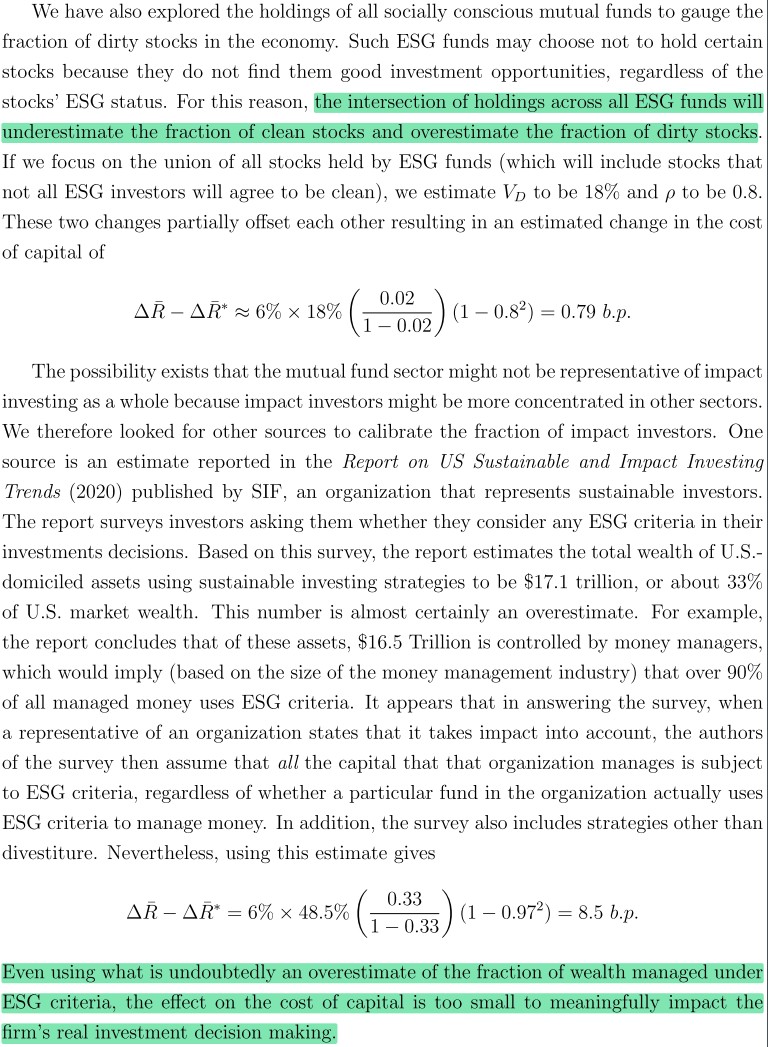
1/ Correlation Risk Premium: International Evidence (Faria, Kosowski, Wang)
"Our results support the existence of a global correlation risk premium that is priced in international equity option markets."
papers.ssrn.com/sol3/papers.cf…
"Our results support the existence of a global correlation risk premium that is priced in international equity option markets."
papers.ssrn.com/sol3/papers.cf…

2/ "We construct a correlation risk proxy based on the difference between the option-implied correlation of stock returns (obtained by combining index option prices with prices of options on all index constituents) and the realized correlation for different equity markets." 







3/ "For the individual variance risk premiums and 30 day maturities, we find generally stronger evidence of economic and statistical significance than for the index variance risk premiums." 



4/ "Using US and European data, we find that the average implied correlations are economically and statistically higher than the realized correlations, which lends support to a positive correlation risk premium." 



5/ "Results suggest a strong co-movement among CRs across European and US equity markets. The underlying co-movement could constrain diversification opportunities during periods of enhanced turbulence in international equity markets, when “there is no place to hide.” " 





6/ "A global correlation risk premium can explain most of the cross-sectional variation of index option returns. Our conclusion regarding the statistical significance of the correlation risk premium does not change if we add the global average individual variance risk premium." 





7/ "Our results are consistent with those of Kelly et al., who find that options provide valuable protection against risks associated with major political events, including elections and summits.
"The lagged correlation risk premium has a positive effect on its current level."


"The lagged correlation risk premium has a positive effect on its current level."



8/ "Almost all average implied (IC) and realized (RC) correlations are larger during the 2008 to 2012 period than during 2002 to 2007, reflecting the effects of the global financial crisis.
"Results are robust to the use of an ex-ante measure of realized correlation."

"Results are robust to the use of an ex-ante measure of realized correlation."


• • •
Missing some Tweet in this thread? You can try to
force a refresh




















